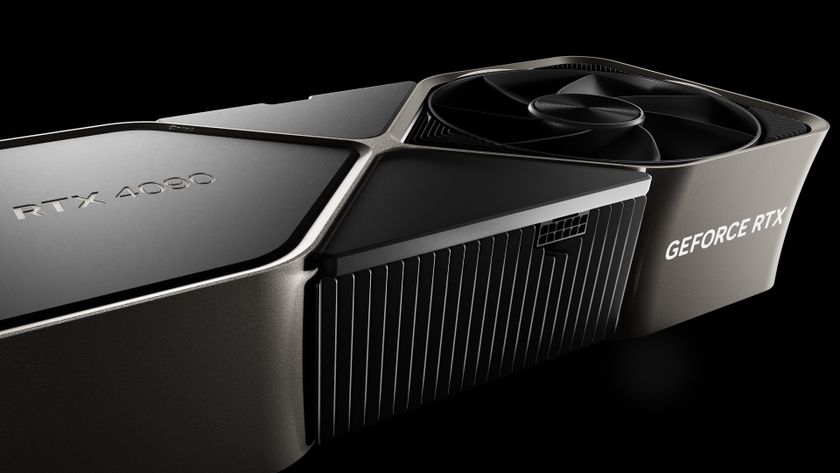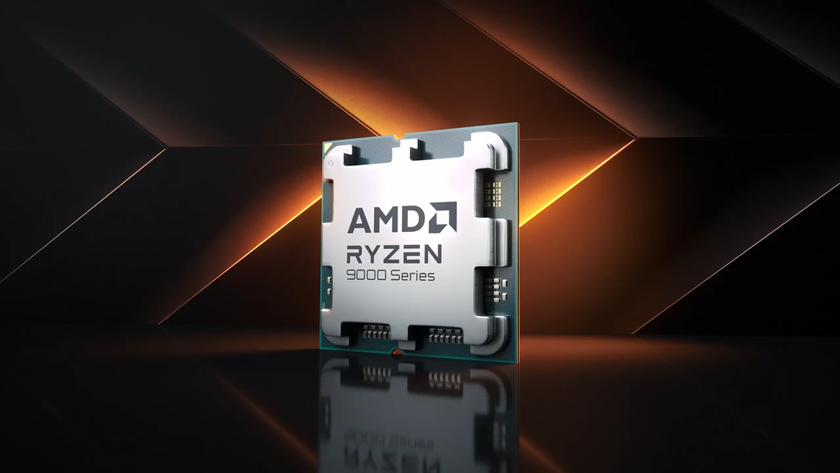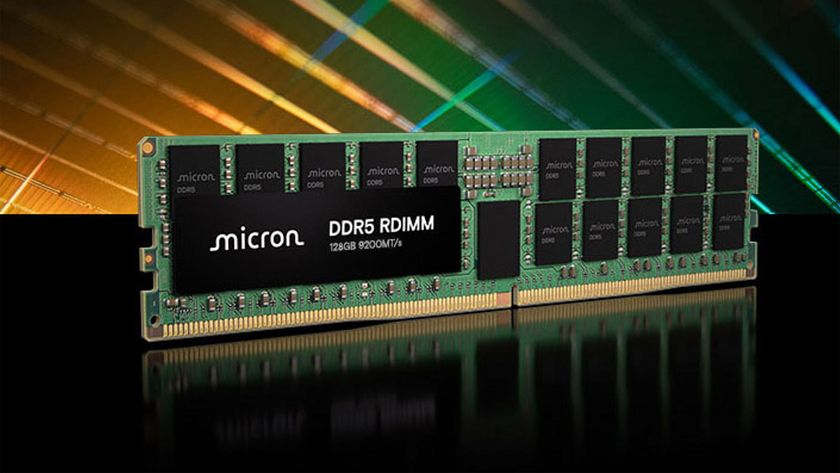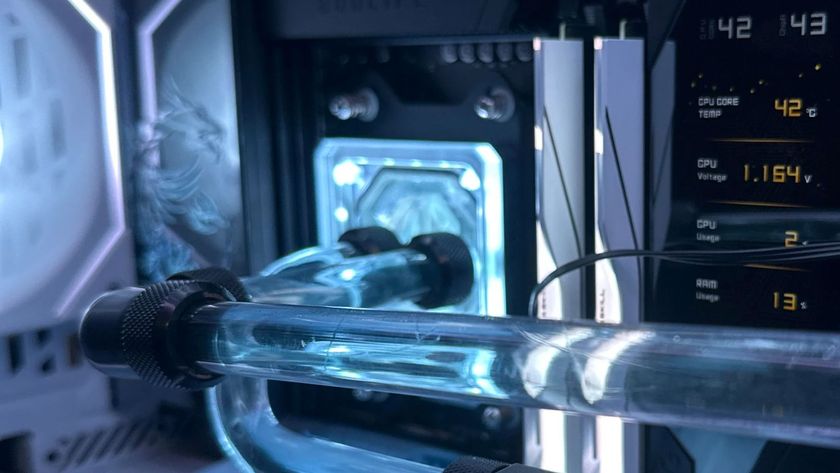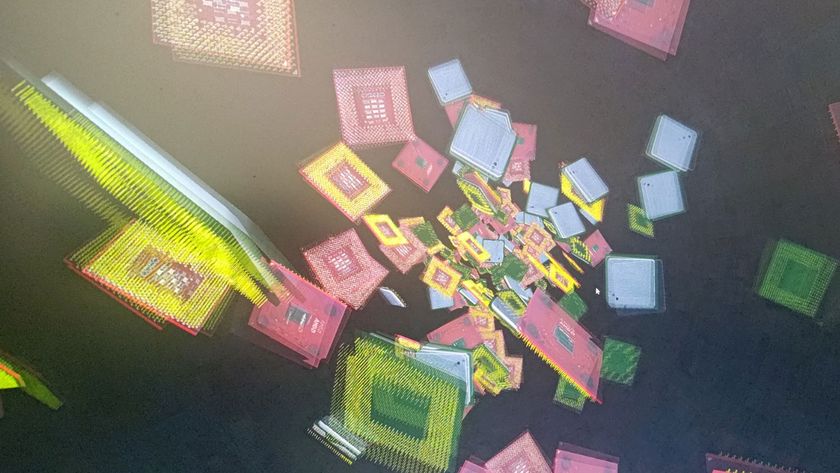Intel adds Arc A750E and A580E SKUs to Linux drivers — likely offloading Alchemist silicon before Battlemage arrives
These are most likely embedded or low-power models.
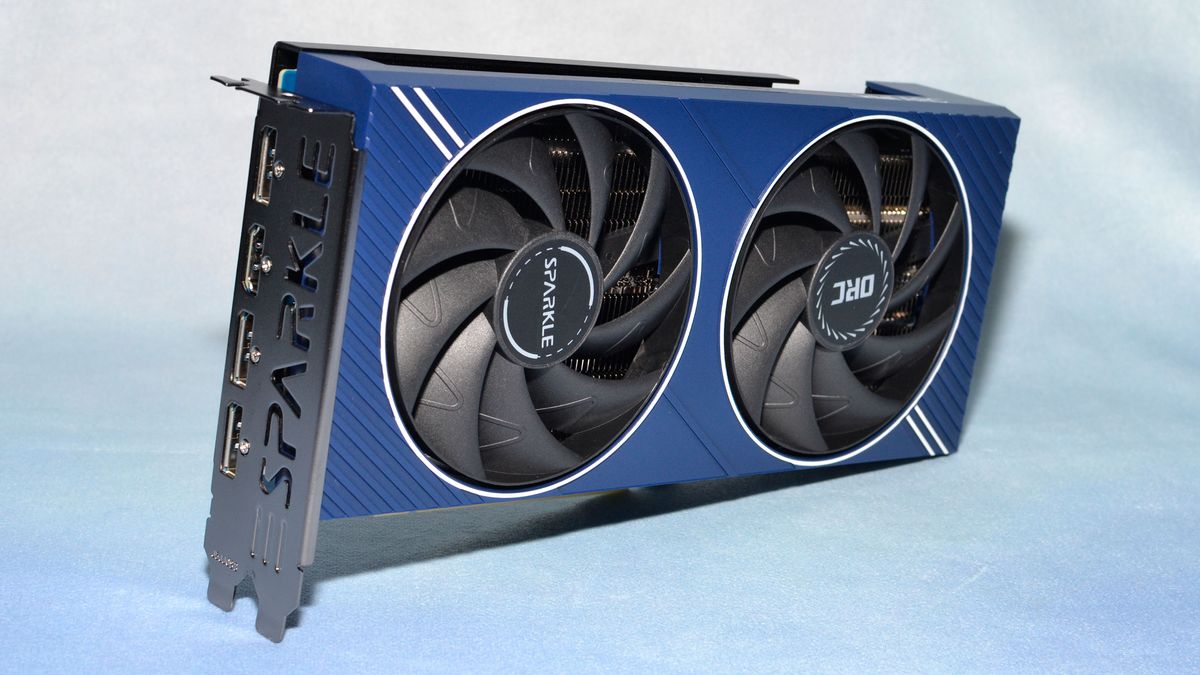
Phoronix reports that Intel has added two PCI IDs to its Arc Alchemist i915 Linux kernel graphics drivers. These identifications include two new graphics cards dubbed the A750E and A580E, signaling a potential late-cycle update from the new discrete GPU competitor. Specs have not been released, but we expect these GPUs to be slight alterations of the existing A750 and A580, which compete with the best graphics cards, either as embedded solutions or more power-efficient revisions.
The new PCI IDs are 0x56BE and 0x56BF, with the former belonging to the A750E and the latter to the A580E. PCI IDs are used to improve compatibility and enable plug-and-play support, enabling the OS to automatically install (if needed) the appropriate drivers for the PCI device.
Intel hasn't done an "E" version of its discrete GPUs, so Intel could be doing any number of things to make the A750E and A580E different from their vanilla counterparts. However, if we had to guess, these new GPUs will most likely be minor alterations of their existing counterparts. The "E" nomenclature is not generally used to describe a GPU with more performance — see Intel's own "E-cores" in Alder Lake, Raptor Lake, and Meteor Lake. If Intel follows a similar pattern here, the A750E and A580E could be energy-efficient parts. Other examples of this include the AMD FX 8350E.
E could also be the letter for "embedded," which is a form factor suited to IoT devices. It may also be used to describe added features, such as with AMD's B650E and X670E chipsets.
What we do know is that the Arc A750 launched in October 2022 priced at $289, and later received an official price cut to $249. In our Arc A750 review, Intel's GPU competed favorably with the RTX 3060 in 1080p gaming, making it a decent mid-range gaming alternative at the time. However, drivers muddied the water, and that's an area Intel has focused on improving over the past 18 months. Today, thanks to the numerous driver updates and a huge price reduction, the A750 is in an even more competitive spot priced at $200 regularly.
The Arc A580 only launched last October, priced at $179. We found its performance to be decent thanks to its 256-bit interface and 8GB of VRAM, which is the same configuration found on the A750 (and A770 8GB, though that's mostly faded from view now). Performance was only slightly worse than the A750 but better than the RX 6600, which is the A580's most direct competitor. The only problem we had was its starting price of $180 which was too close to the A750 — as that GPU was already selling for under $200. Today, however, the A750's price has plummeted to around $160, making it a potent budget-friendly GPU for entry-level to mainstream gaming.
The A750 and A580's extremely competitive pricing doesn't give Intel much room for extra SKUs. This is why we believe the A750E and A580E could be low-power or embedded versions. We don't anticipate seeing them in graphics cards on Newegg and Amazon, though time could prove us wrong. Linux support for kiosks and digital signage could be a good use case, as another example.
Intel also doesn't have much time to deal with producing new Arc SKUs, as Battlemage — Intel's next-generation GPU architecture — is right around the corner and is expected to improve performance and ray tracing performance beyond what Arc can do today. More than anything, these new GPUs probably represent additional ways Intel can get offload any remaining Arc Alchemist silicon before Battlemage takes over.
Stay On the Cutting Edge: Get the Tom's Hardware Newsletter
Get Tom's Hardware's best news and in-depth reviews, straight to your inbox.

Aaron Klotz is a contributing writer for Tom’s Hardware, covering news related to computer hardware such as CPUs, and graphics cards.
